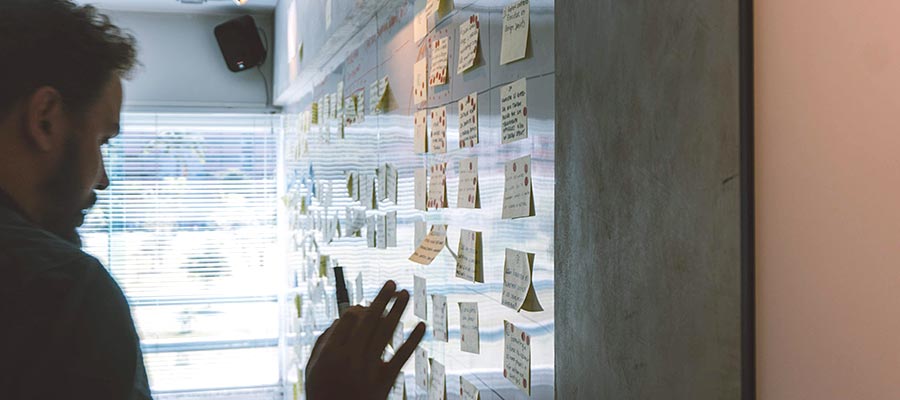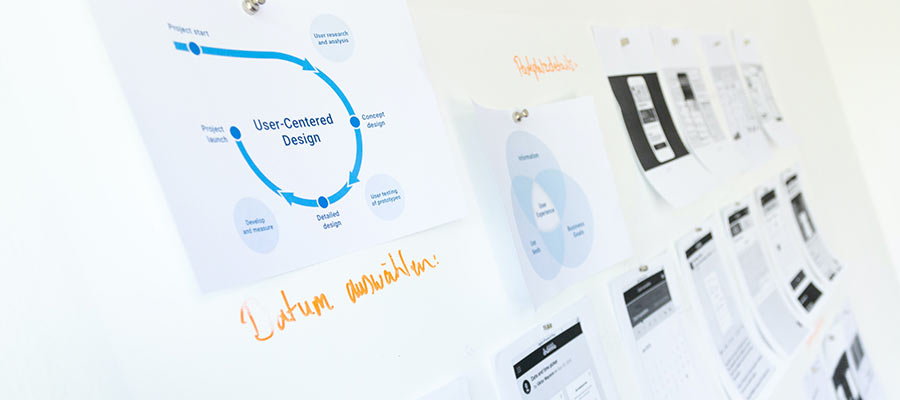My career as a freelance web designer began in 1999. In those days, the web was a nascent medium. Most businesses had just begun to have an online presence (if they had one at all). And websites were generally simpler in terms of the technologies they utilized.
Fast forward to today, and the evolution is remarkable. While knowing CSS and HTML are still a requirement, it seems like every other aspect of the job has become more complex. In addition, the marketplace is saturated with competition.
For those looking to start a freelance web design business, the degree of difficulty has never been steeper. Yet the appeal of freelancing hasn’t diminished. Designers are still hoping to reap the many benefits and freedoms that come with the territory.
As a new freelancer, how can you thrive in modern times? Let’s take a look at the challenges you’ll face and how to successfully navigate them.
Client Expectations Are High
In the web’s earliest days, merely having a website was enough for many clients. That doesn’t hold true today.
Clients are more web-savvy than ever. They’ve grown accustomed to shopping on Amazon and navigating various web applications (banking, social media, etc.). As such, they often have a better grasp of the look and functionality they want for their website.
That’s not to say that they necessarily understand what it takes to get the job done. It’s more that their expectations tend to reflect what the giants of the industry are doing. Good or bad, people want what others have.
As a freelancer, part of your job is to understand the project requirements. From there, you’ll need to communicate the pros and cons, along with the best methods for implementation. This is an area where you’re likely to spend a lot of time, making project estimates more difficult.
How to Successfully Navigate the Challenge
Quite often, communication is the key to success when it comes to client expectations. Provide a realistic view of what the project requires and how much it will cost.
It’s also fair to point out any potential issues you foresee. For example, if an expensive feature may not provide much benefit, it’s worth taking the time to explain why. In addition, there could be negative consequences for accessibility that need to be addressed.
This lays a solid foundation for the project and accomplishes two things: It builds trust and helps to manage expectations.

A Highly-Competitive Marketplace
An organization looking to build a website has more options than ever. There are an untold number of freelancers or agencies to choose from. And if geography isn’t a concern, the possibilities could span the globe.
Then there are a variety of DIY website building products. These providers offer turnkey solutions that don’t necessarily require expertise in web design. Simple websites can be built with minimal effort, although the quality of the finished product can vary. Still, these solutions might be a good fit for those on a limited budget.
If you’re just entering the industry, the competition can feel overwhelming. Standing out among a crowded market is hard to do for industry veterans – let alone for a newcomer.
How to Successfully Navigate the Challenge
This is where specialization comes in handy. It’s not about booking every project – it’s booking the right ones. You don’t need to cover every inch of the marketplace. Instead, carve out your own little corner of it.
Doing so requires a more targeted approach. Find the types of clients and projects that interest you, then market yourself accordingly.
However, it’s worth noting that this is a long-term process. Thus, there’s no need to panic if you aren’t sure what your niche will be. The more experience you gain, the more likely you are to discover the path you want to take.

Websites Are Increasingly Complex
Back in the day, it was common for newly-minted freelancers to start with small, low-cost projects. It was a great way to fill out your portfolio before moving on to bigger and better things. That may not be as viable now, thanks to the growing complexity of how websites are built.
Smaller projects still exist. But it’s becoming harder to find ones that will turn a profit and provide equally-valuable experience. Instead of digging into custom code, you’re more likely to spend time tweaking the settings of a WordPress theme and a few plugins.
The other part of the equation is in the mind-boggling number of technologies in use. Content management systems (CMS), static site generators, and JavaScript frameworks seem to grow on trees these days. Every time you turn around, there’s pressure to learn and adapt.
As a solo freelancer, you have only so much time to dedicate to learning. That is if you actually want to make a living in web design. Keeping up with trends is a constant battle.
How to Successfully Navigate the Challenge
The reality is that you don’t need to know everything. And you certainly don’t have to learn all of your skills at once. It’s an ongoing process.
This is another area where specialization pays off. Pick a handful of technologies that interest you (even better if they help you make money). Learn the basics and increase your knowledge as your career advances.
What’s more, you’ll have the opportunity to evolve. You might find new tools and techniques that will allow you to continue growing.

How to Meet the Challenges of Today’s Web
The web design industry landscape has changed significantly. Thus, the challenges that go along with starting a freelance business have also ramped up.
Freelancers are entering a mature market, rather than a burgeoning one. Client expectations are higher than ever. Experienced designers and developers, along with DIY website builders, provide stiffer competition. And the technologies involved are vast and increasingly complex.
While it may sound daunting, these are challenges you can meet head-on. The key is in paying attention to the details and planning for where you want to go.
There will undoubtedly be ups and downs. But building a successful freelance web design career is still within reach.
The post The Modern Challenges of Starting a Freelance Web Design Business appeared first on Speckyboy Design Magazine.

0 Commentaires